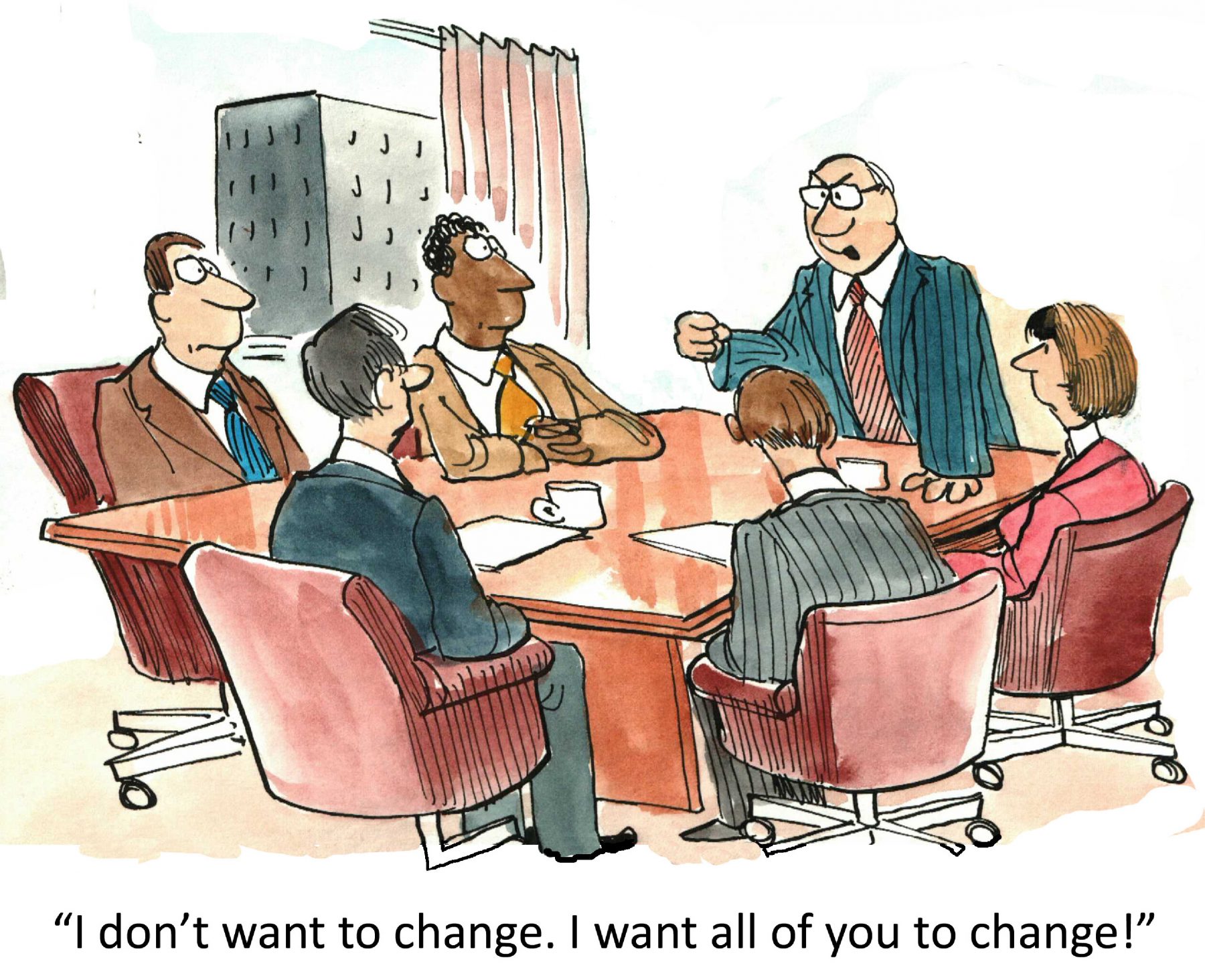
Overcoming Resistance To Change
Why Are We So Afraid of Change?
Change is inevitable because it is impossible for any society to remain static and unchanged. People often resist change because they fear that the change will disrupt their lives.
What people don’t realize is that, usually, the changes are not as drastic as they think they are going to be. Change can be a good thing if it means an improvement to your life or society.
Understanding the Types of Resistance to Change
Change is never easy. In order to understand the different types of resistance to change, we need to understand the root cause of that resistance.
There are many different types of resistance to change in any given situation. The reason for this is that all different people have different needs and expectations. Some people might be happy with their current situation and not see any benefits in changing it, while others might simply not have enough information about the change or how it would affect them. Other people might resist just because they do not want things to change from how they are now, even if there are potential benefits.
Cognitive Dissonance
This is when people feel uncomfortable about new information that conflicts with their old beliefs.
Cognitive dissonance is a term that describes the feeling of discomfort that occurs when an individual holds two or more contradictory beliefs, ideas, or values at the same time.
One theory about how cognitive dissonance happens is when a person has two attitudes toward something and they can’t be true at the same time. For example, you might think it’s important to recycle but also think it’s important to cut down on trash in general. These two ideas can’t both be true, so the person will feel some cognitive dissonance until one idea changes.
A second theory says that people experience cognitive dissonance when they do something that conflicts with their beliefs and values. For example, if you believe that it is wrong to eat meat and you eat steak for dinner one night because your family likes it, this will create tension for you.
The Root Cause of Resistance to Change
There are a few factors that may contribute to resistance to change. There is a sense of uncertainty that comes with change, because most people are not sure what to expect. There is also the fear of failure, which can cause people to be less cooperative and more resistant when it comes to change.
There is also the possibility of people being threatened by the new changes or being uncertain about how they will fit into those changes. People may feel as though they are losing their sense of identity as well, which can lead them to be more resistant because it feels like everything in their life is changing and they may not have control over it anymore.
What Are the Signs Someone is Resisting Change?
Resisting change is a natural human response to any kind of change. There are several signs that people can look out for when attempting to identify someone who is resisting change and some of these include:
- They are not willing to try anything new
- They do not have the ambition or drive that they once had
- They are not as open minded as they were before
The 3 Keys to Overcoming Resistance to Change
- Reduce the fear of change through education and acknowledgement of discomfort
It is a common misconception that change is always going to be uncomfortable. This can’t be farther from the truth. Change can be a very positive experience, but some people may not realize this because they are so used to being scared of it.
I think that one way to reduce people’s fear of change is through education and acknowledgement of discomfort. For instance, in many cases, people are afraid of change because they believe it will make them less effective or productive. However, this is not so. Change is usually beneficial for an individual and actually helps them grow as a person and become more productive in their life and career because it boosts their creativity, problem solving skills, and more.
- Provide a clear vision of what change will look like and how it will benefit you.
It’s hard to change people’s habits, especially when they are not aware of the benefits.
When it comes to changing someone’s behavior, three factors must be considered:
1) The problem,
2) The proposed solution, and
3) The person’s motivation for following those changes.
If these three factors are not in place, then the person will never follow through with change.
For example: If a person does not see themselves as the problem (but rather someone else), and if a proposed solution is too radical for them to want to take on at that time, then they will continue in their old habits.
- Create a sense of urgency by setting deadlines and consequences for not following through with change
One of the most effective ways to create a sense of urgency is by setting deadlines and consequences for not following through with change.
Some studies have shown that deadlines are an important factor in changing someone’s behaviors. And when these deadlines are not met, people tend to become more aware of the consequences or payoffs associated with their actions. It is important to set clear and achievable goals as well as provide some type of incentive for meeting those goals.
In conclusion, deadlines and consequences help people move towards a better understanding of what is at stake if they do not complete specific tasks in a timely manner.
Summary about overcoming resistance to change
People are often resistant to change, but the benefits can outweigh the drawbacks. For example, in order to take on new ideas, people will have to reconsider their past experiences and beliefs. They may have a hard time accepting that they might not be right about some things. However, if the potential benefits are substantial like a better livelihood or a happier life then people may be more likely to make the change.






Post a Comment